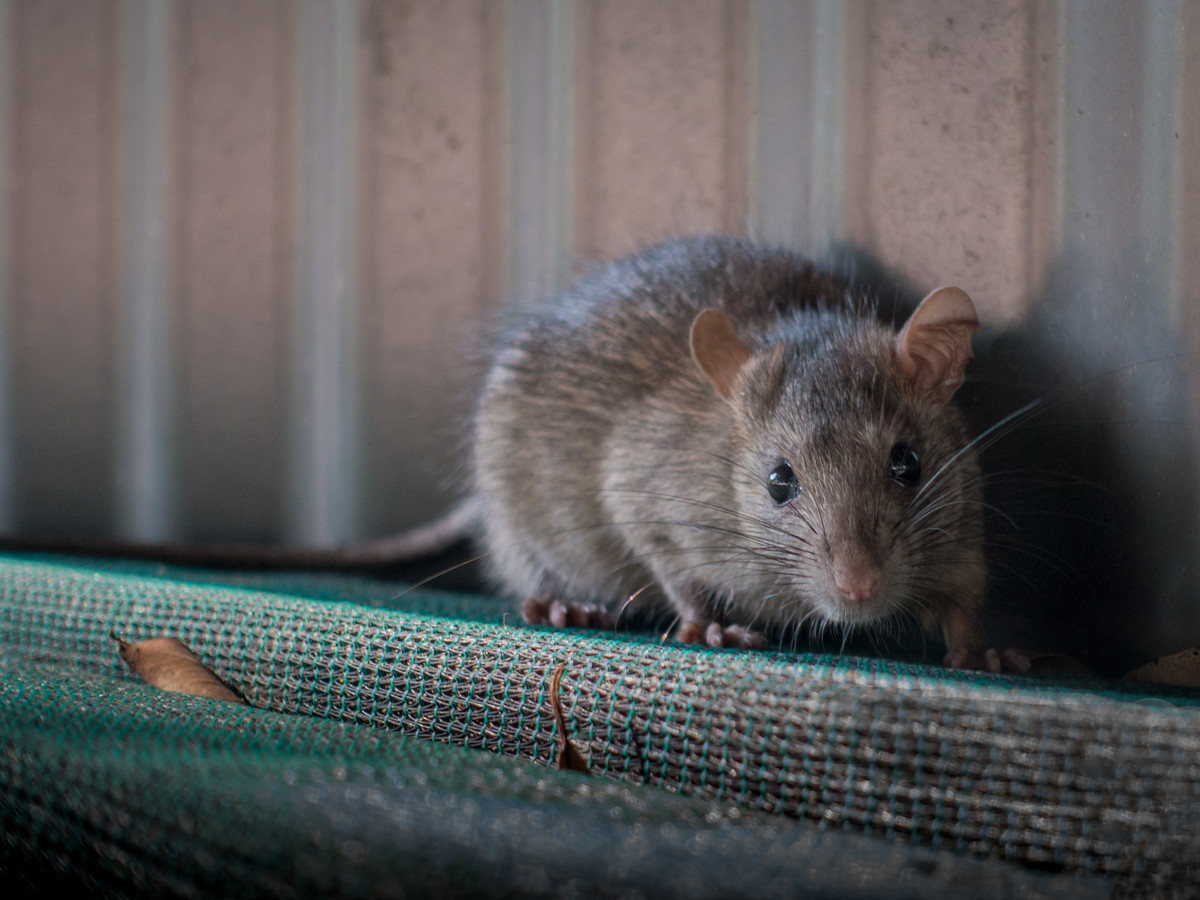Rats are problematic critters. While the animal isn’t guilty of anything all other species do, including humans, its pursuit of survival often includes the invasion of houses. Because rats are wild animals, wildlife control in Richmond Hill warns of sanitary problems when an infestation occurs.
Rats urinate and defecate all over the place. When they infiltrate your home, they usually go in the attic and walls or around baseboards, closets, basements, and garages. The odour will eventually become noticeable, unpleasant, and unhealthy.
Removing urine odour from your house is challenging, especially when dealing with an infestation. The more rats in your home, the more intense the smell will become. According to wildlife experts, there are seven steps to getting rid of rat urine odor.
1. Know the Risks
Rat waste, including urine, can contain harmful bacteria. The hantavirus is one of the most significant concerns with rat droppings. Mishandling the cleanup process can expose you, your family, and your pets to infections and illnesses.
Also, ridding your house of the smell of rat urine requires thorough and specific cleaning techniques. A professional service can ensure no missteps in the cleanup and disinfection of your home.
2. Resolve Current Infestation
Before even considering eliminating the odour from rats, you must resolve the current infestation. Humane removal or exclusion methods are the only effective and safe tactics. Rat traps and poisons are not only ineffective, but they are also cruel and present apparent dangers to you and your family, including pets.
Skedaddle Humane Wildlife Control uses safe and humane exclusion methods to remove the existing rat infestation. The company uses a combination of one-way exits and entry sealants — caulk, wire mesh, etc. — to guide the rats out of the house.
3. Wear Safety Gear
Rat droppings and urine can contain harmful bacteria, so it is crucial to wear protective gear when cleaning and removing waste. Any person removing rat droppings or scrubbing away and soaking up urine should wear gloves and an appropriate ventilator or mask. Also, it is best to cover any areas of exposed skin.
4. Ventilate the Area
Before cleaning the area, ensure that windows are open and fans are turned on to help with ventilation. The ammonia smell nearest the affected areas is often intense. High levels of ammonia can lead to respiratory issues and distress.
5. Use Disinfectants
To clean the affected spaces, you will need powerful disinfectants. Most wildlife technicians recommend using commercial-grade cleaners that often contain disinfectant solutions.
Spray and wipe down every surface. Use a mop to soak the floor. However, before mopping the area, sweep it and remove all debris, including rat feces.
Contain everything you sweep up in a heavy-duty garbage bag. Seal the bag tightly when finished.
6. Wash Yourself and Your Clothes
After cleaning the areas, shower and throw your clothing in the wash. Even if you wore all the protective gear, it is still possible that some bacteria, urine, or feces made it onto your clothing or skin.
7. Always Hire a Professional
For rat removal and infestation cleanup, it is always best to hire a professional. Wildlife technicians know how to handle the cleanup process and how to keep themselves safe during the process. DIY methods are risky to homeowners and their families, including pets.
If you suspect you have a rat problem, contact a wildlife service. Call Skedaddle Humane Wildlife Control and schedule a property inspection. The company will send its techs to verify the issue and propose necessary solutions. If you approve the service, the company can start and finish the project quickly, so you and your family can return to normal in a safe and fresh-smelling house.




